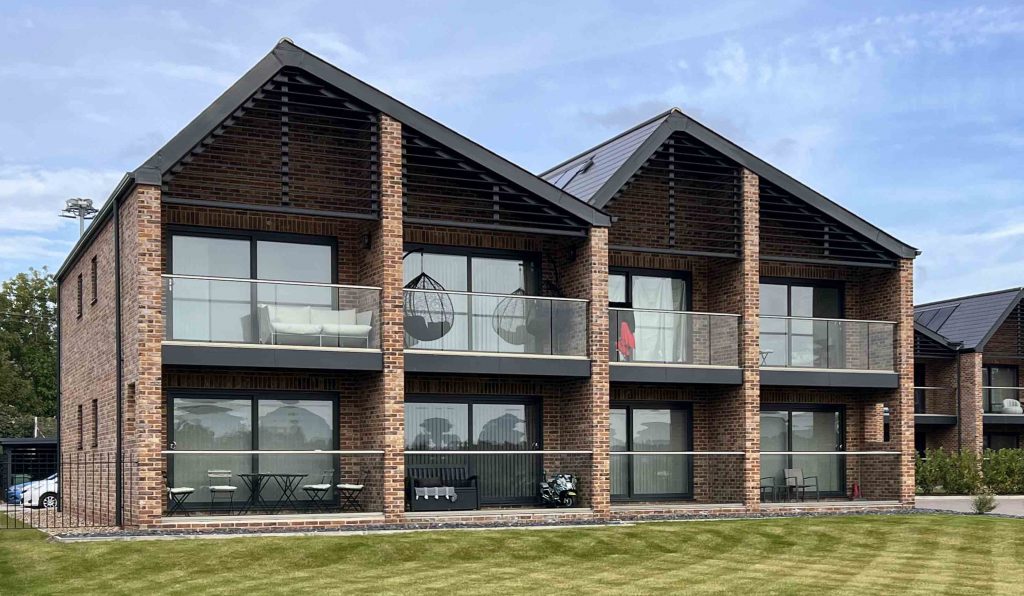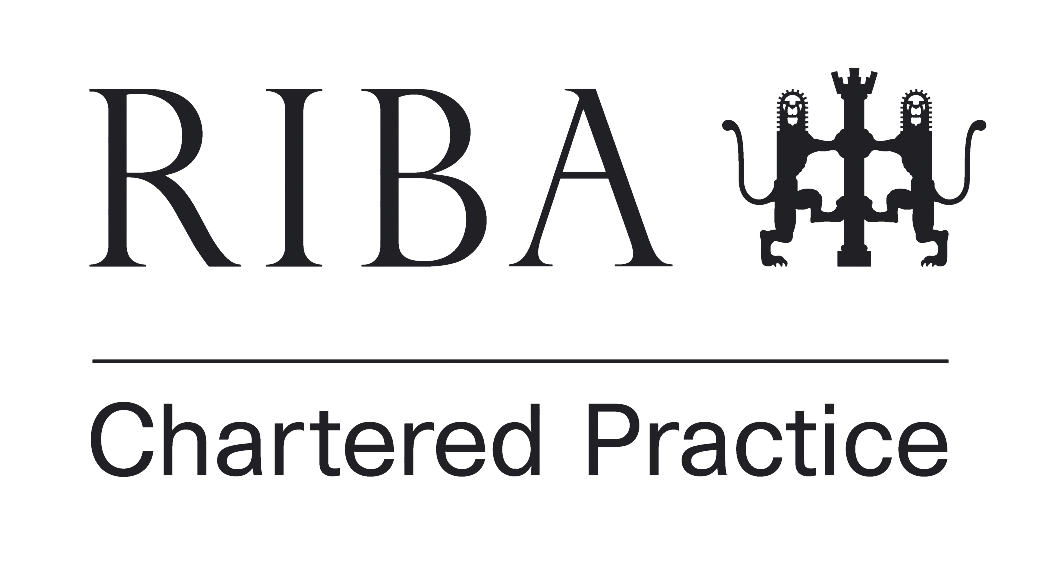27
Oct
How to Stop Your Home Overheating
As temperatures continue to rise due to climate change, overheating in our homes has become a growing concern. Excessive heat not only makes our living spaces uncomfortable but can also have adverse effects on our health. To address this issue, the UK introduced the Part O Building Regulation, which deals with overheating in domestic dwellings and various types of residential and commercial properties.Understanding Part O Building Regulation
Part O Building Regulation, detailed within Approved Document O: Overheating, sets out specific requirements for reducing overheating in buildings. Requirement O1 of the Building Regulations outlines key obligations for dwellings and other buildings containing rooms for residential purposes. These obligations include:
Limiting Unwanted Solar Gains in Summer: Part O emphasizes the need to limit the excessive heat generated from sunlight during the summer months.
Providing Adequate Means to Remove Heat: Proper ventilation and cooling mechanisms are required to ensure that heat can be effectively removed from the indoor environment, maintaining comfort for occupants.
Additionally, Part O places a strong emphasis on occupant safety, stressing that mechanical cooling systems should only be used when other means of heat removal are insufficient.
Key Strategies to Prevent Overheating
To comply with Part O and mitigate overheating in homes, here are some key strategies that homeowners and builders can consider:
- External Shading: External shading systems, such as brise soleil and overhangs, are highly effective in reducing solar gain. These systems don't rely on occupant action and can provide substantial relief from the heat. When fixed shading is not suitable, deployable shading options like shutters, blinds, or awnings can be considered.
- Internal Shading: When external shading is not feasible, internal shading options can be explored. However, these are less effective, reducing solar gain by a maximum of 40% and often depending on occupant behaviour. The use of reflective or bright white-coloured blinds close to the window can enhance their effectiveness.
- Glazing G-Value: Opt for windows with a lower glazing g-value to reduce solar gain. However, keep in mind that this may also reduce winter gains and daylighting. Use lower g-value glazing strategically, particularly in areas with a high risk of overheating, without compromising excessive amounts of glazing.
Passive Cooling: In addition to the strategies for reducing solar gain, consider passive cooling methods to ensure your house remains comfortable during hot weather. Here are some tips:
- Maximize Passive Cooling: Use cooler outside air during the night to cool your home when overheating is a concern. Cooler night-time temperatures provide an effective natural cooling mechanism.
- Window Ventilation: Opening windows is a crucial element of passive cooling. Optimize window size, openable area, and design to facilitate efficient airflow. Cross-ventilation, where air flows from one side of the building to the other, can significantly enhance cooling.
- Mechanical Ventilation: Mechanical Ventilation with Heat Recovery (MVHR) systems can assist in reducing overheating risk. MVHR systems should be equipped with a summer bypass mode, allowing cooler outside air to be brought in when internal temperatures rise. However, this should be considered as a secondary mechanism alongside window ventilation.
Choosing Between MVHR and Natural Ventilation
While Part O Building Regulation sets the framework for addressing overheating in houses, it's essential for homeowners and building professionals to implement effective strategies that comply with the regulation. By embracing external shading, optimizing glazing choices, and maximizing passive cooling methods, you can create a more comfortable and sustainable living environment while mitigating the impacts of overheating in your home.
Contact Us



